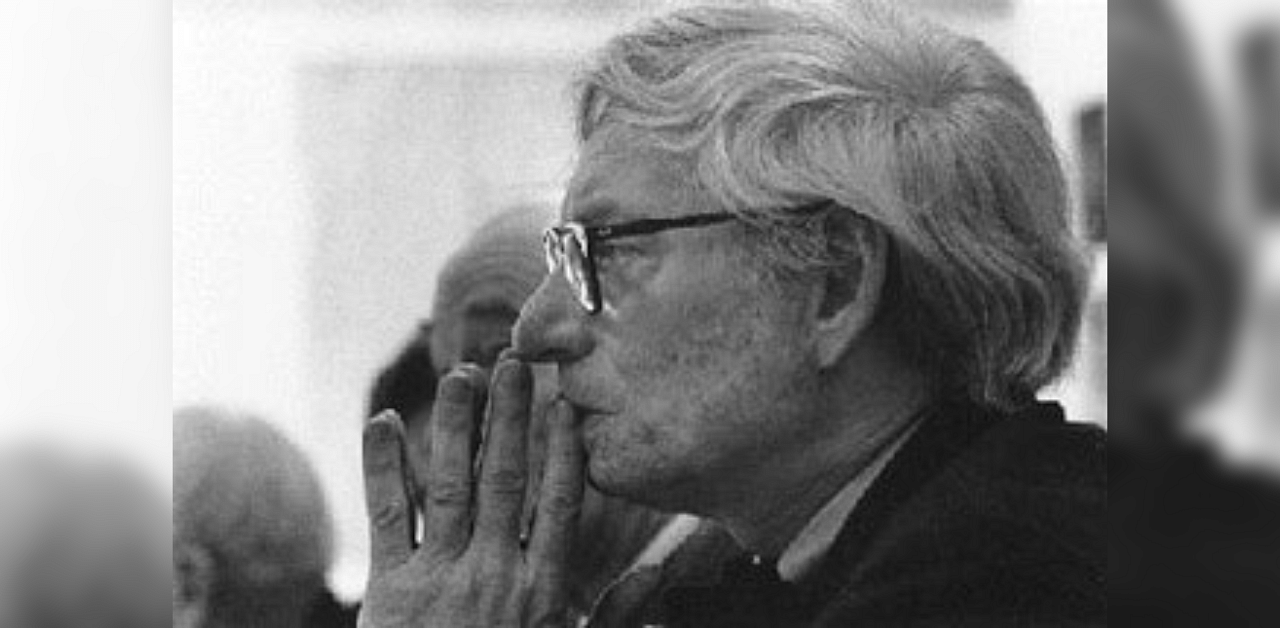
The Indian Institute of Management (IIM)-Ahmedabad's decision to demolish 14 of its dormitories designed by legendary American architect Louis Kahn in the 1960s has come under heavy criticism, with Kahn's three children and renowned architect Balkrishna Doshi objecting to the decision.
The institute said that these dormitories have suffered damages beyond repairs over the years, due to various reasons including 2001 earthquake and water seepages.
Kahn, a world-famous architect, had been called to Ahmedabad by renowned scientist Vikram Sarabhai to design various buildings. IIM-A was one of the iconic buildings built by him in the 1960s.
After long deliberations, it was decided to commit to doing whatever it takes to restore the core of the Louis Kahn buildings the library, the faculty wings, and the classroom complex and the dorms on the periphery of the system of buildings.
Also Read | Controversy erupts after IIMA decides to demolish iconic dorms built by Louis Kahn
For the other dorms, however, it was decided to be guided by three imperatives: (1) functional needs, (2) cultural heritage, and (3) available resources, he added.
"After much circumspection, we have decided to restore Dorms 16 to 18. Along with the restored Dorm 15 as you would recollect they constitute the periphery of the built campus and are the first buildings that persons who enter the campus see and understand along with the LKP and associated buildings as the grandeur associated with the work of Kahn.
"For the other dorms (1 to 14) that are in the inner core, we will invite architects from across the world to present us options as to how we should go about making new dorms," IIM-A director Errol D'Souza said.
Kahn's children Sue Ann Kahn, Alexandra Tyng and Nathaniel Kahn have written to D'Souza urging him to restore the iconic buildings, according to a Mumbai Mirror report.
"The Kahn dormitory buildings are magnificent works of art in their own right. There could be many ways to reimagine their uses if you are open to exploring the possibilities. For example, they might not all have to remain as dormitories. The exterior walls are load-bearing and the interiors could be sensitively reworked to suit alternative needs and uses," they wrote.
D'Souza acknowledged having received the letter and wrote in reply that the decision was taken after much deliberation and everyone who was part of the decision-making process are in a stage of anguish, rechecking and evaluating every step.
In an 11-page letter to the alumni, he wrote, "We felt it necessary to keep you informed as we are the custodians of the Louis Kahn buildings that have the potential to inspire future generations. Over the past couple of decades, the buildings have undergone dilapidation and structural deterioration. The earthquake at the beginning of the millennium and water seepage through ageing and deterioration of the exposed brick walls has resulted in large cracks in the masonry and periodical detachments of it in fragments. They are unsafe for living."
"We have grappled with questions as to why we should presume that the past is not changeable and why we should assume that future generations will value things in exactly the same way that past generations have. We wondered if it is appropriate for us to colonise future perceptions of living spaces," he added.